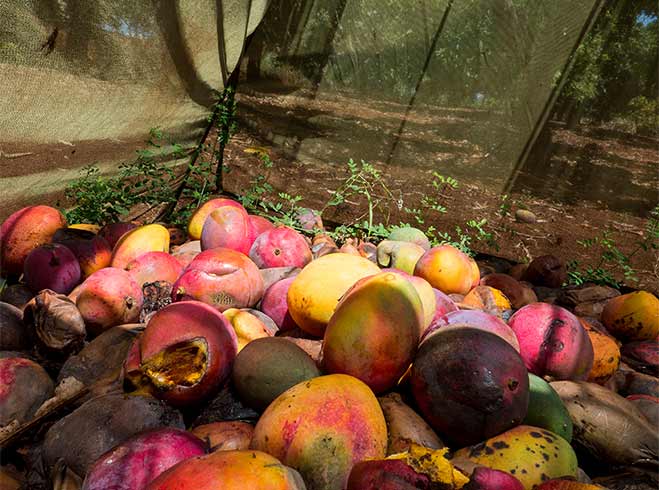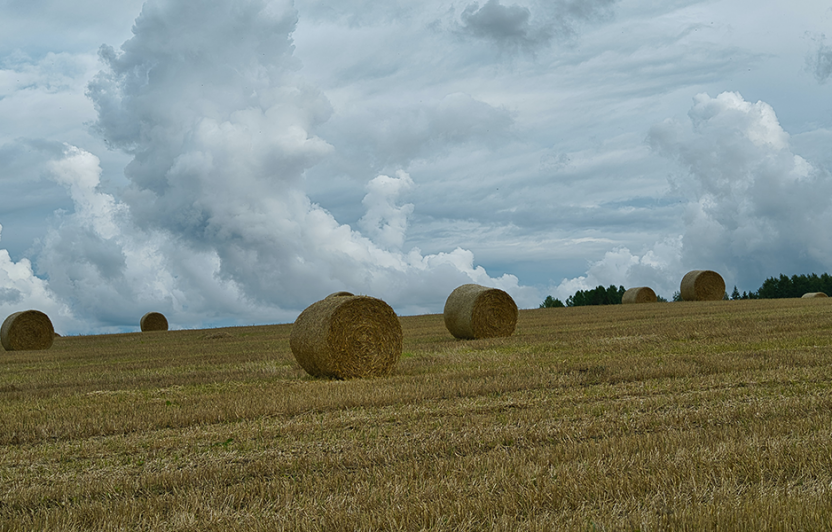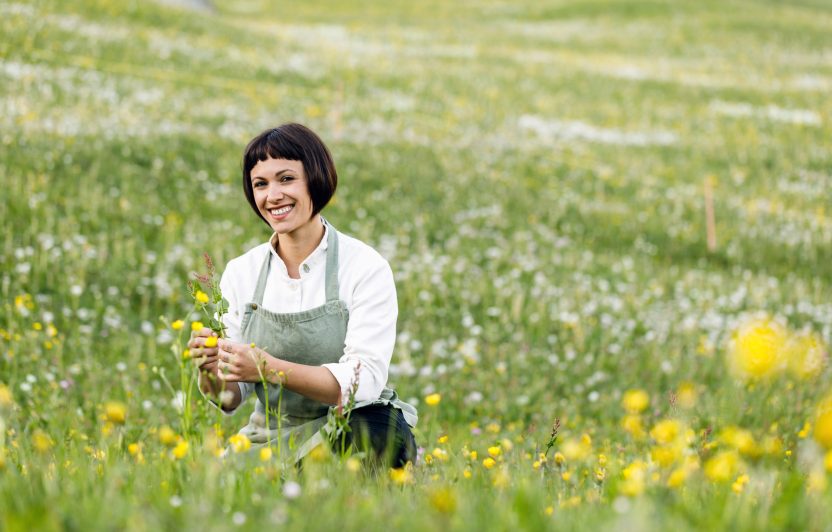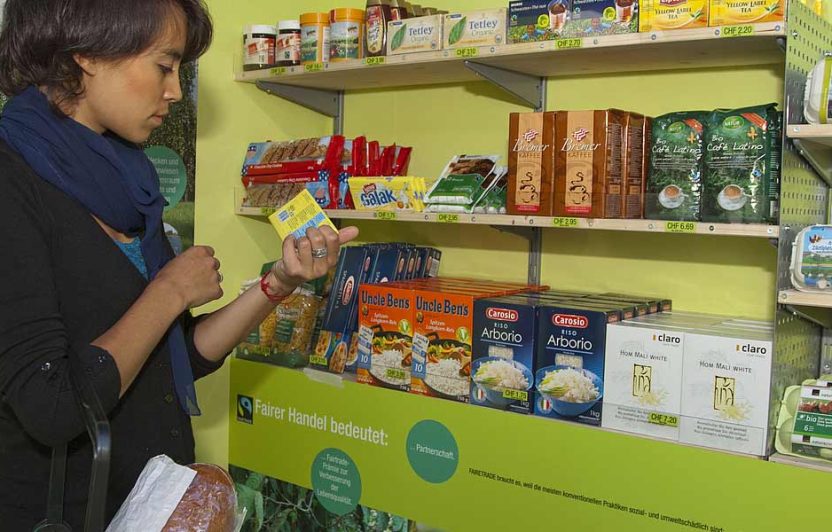
Many of our ecosystems are in such a poor state that they can no longer provide their “services”, such as clean air and water supply, insect pollination or protection against natural events.
According to the Intergovernmental Science-Policy Platform on Biodiversity and Ecosystem Services (IPBES), the main direct causes of global biodiversity loss are land use change, climate change, natural resource overexploitation, the spread of exotic invasive species, and pollution. The fact that more and more land is being used for agriculture is due in particular to the growing demand for meat and the animal feed that the industry requires.
According to the Food and Agriculture Organization (FAO), one third of our food is wasted every year. The proportion of the global land surface used unnecessarily for agriculture is correspondingly high. The relation is simple: the wasted food, which is largely industrially farmed, results in habitat loss for plants and animals through deforestation, monocultures and the drainage of wetlands from making more land surface available for agriculture.
Food production requires not only land, but also water: another valuable resource squandered by wasting food. The dominant model of conventional agriculture also uses excessive amounts of pesticides and fertilizers, which pollute water and increase its salinity. In many places, the intensive use of water lowers the groundwater level, also negatively affecting biodiversity. Overfishing the oceans and the large quantities of by-catch threaten the survival of many marine organisms and sensitive ecosystems.
Various factors increase complexity
The 2013 FAO report shows that wasting meat and milk is particularly responsible for land use pressure. But this does not apply equally to different kinds of meat and milk products. Meat production from a grass-fed Swiss goat has practically no impact on biodiversity, while an imported beef steak from a conventional farm using soya and cereals as animal feed has a massive impact. Meat and milk production accounts for as much as 78% of total global agricultural production areas, while its contribution to food available for humans is only 11%. The imbalance is even higher if animal products are wasted rather than consumed.
“Feed no food” has thus become a maxim. The difference between a piece of beef from a discount store versus a salad from your own garden rotting in the refrigerator is enormous. Certain foods, such as coffee and cocoa, require a lot of land and can only be grown in tropical regions where biodiversity is particularly high. Wasting such foods also has a correspondingly strong negative effect.
A global perspective is necessary because, according to figures from the Swiss Federal Office for the Environment (FOEN), around 75% of our environmental pollution from consumption is not generated in Switzerland but abroad. Switzerland is about 60% self-sufficient in terms of food production, and food imports have almost doubled since 1990.
Agroecology offers a systemic solution
Complex systemic problems need holistic systemic solutions. Agroecology offers an approach that affects all levels of sustainability. In agroecology, areas with high biodiversity are consciously preserved and supported, as the value of their ecosystem services is recognised. Furthermore, short supply chains bring local producers and consumers closer together. This creates a higher added value for agricultural producers because the improved security for their planning can allow them to invest in healthy soils for the long term. The food system must be embedded in the local economy so that regional traditions can be considered, and post-harvesting, storage, processing and transport can be logically interlinked.
The application of agroecological methods combines nutritional and biodiversity goals. Agroecology is understood as a science, practice and social movement directed at the design and management of sustainable and equitable food systems. Yet too little money currently flows into agroecology research, development and application, as a recently published Biovision study “Money Flows” illustrates.
The UN sustainable development goals (SDGs) address the problem: the goal of SDG 12 sub-target “sustainable consumption” requires, by 2030, that food waste at retail and consumer levels be halved and food loss reduced, including harvest losses and losses along production and supply chains. The sooner the intervention in the production chain, the better for the environment.
This article was written for the magazine «Thema Umwelt» of the foundation Pusch.





